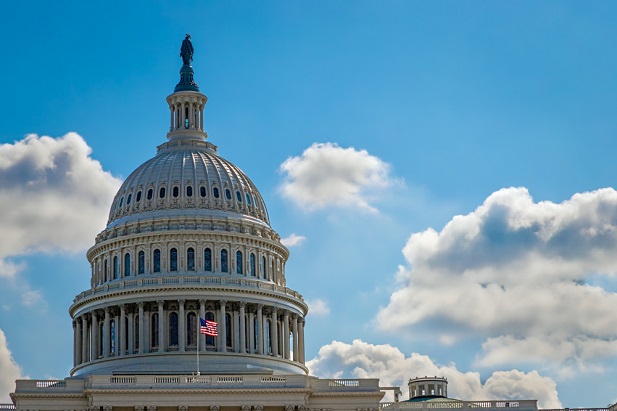 The fiduciary rule is not considered a "major" rule, meaning it has an economic impact of less than $100 million, according to Labor's regulatory agenda. (Photo: Shutterstock)
The fiduciary rule is not considered a "major" rule, meaning it has an economic impact of less than $100 million, according to Labor's regulatory agenda. (Photo: Shutterstock)The Employee Benefits Security Administration set aggressive goals in its fall regulatory agenda, perhaps none as ambitious as advancing a new proposed fiduciary rule by the end of the 2019.
EBSA issued a notice for public rule making on The Fiduciary Rule and Prohibited Transaction Exemptions in its fall agenda, which was released in November.
According to a brief regulatory abstract, EBSA, the arm of the Labor Department that enforces the Employee Retirement Income Security Act, is "considering regulatory options" after the Obama-era fiduciary rule was vacated by the Fifth Circuit Court of Appeals in 2018.
Related: Scalia gets green light to work on fiduciary rule
Labor has put a December deadline for its latest proposed version of the fiduciary rule.
But according to the Office of Budget and Management website, the White House has yet to receive the proposal for review, which will make an end-of-year release of the proposal difficult to meet.
"If they are going to release the proposal this year, it has to get to OMB—like now," said Kevin Walsh, a partner with the Groom Law Group.
OMB took 30 days to review the Labor Department's proposed rule for the electronic distribution of retirement plan documents, noted Walsh.
The fiduciary rule is not considered a "major" rule, meaning it has an economic impact of less than $100 million, according to Labor's regulatory agenda.
Both the Obama-era fiduciary rule, and the Security and Exchange Commission's Regulation Best Interest rule, were deemed major rules given the broad economic impact of each.
"The idea that the proposal is not a major rule suggests it will hem closely to the original five-part test for fiduciary advice under ERSIA, or closely to Reg BI," said Walsh. "If they were to produce something else, it would be tough to impose a whole new compliance standard on retirement plan providers without triggering the $100 million threshold."
The Obama-era fiduciary rule expanded ERISA's "regular basis" requirement of the five-part fiduciary test to include one-time advice to roll 401(k) assets to an IRA.
"The Obama fiduciary rule was designed to close the gap on rollover recommendations," said Walsh.
While that expansion of the definition of fiduciary advice was rescinded when the rule was vacated in 2018, the SEC addressed the question of rollovers in its Regulation Best Interest, which applies a higher standard of care to brokers advising retail investors, and includes one-time recommendations to roll retirement plan assets into an IRA.
Walsh cautions that Labor has wide-latitude in crafting a new fiduciary rule.
However, a reasonable inference from the proposal's non-major status is that compliance with Labor's rule will be met if plan advisors are in compliance with the SEC's Reg BI, he said.
Labor may also clarify that non-fiduciary brokers not regulated by the Investment Advisers Act of 1940 are distinct from fiduciary advisers defined by ERISA.
Whatever the Labor Department does ultimately propose, the chances of a rule ultimately being finalized wane with each passing day.
"If Labor is going to get this done during President Trump's first term, the longer they take, the harder it is to get done," said Walsh.
Beyond OMB's review, the proposal will most likely have to put up for public comment, and Labor will need adequate time to review those comments, and make appropriate changes to a final rule.
If a new fiduciary rule is finalized in the last two months of the 116th Congressional session, it stands the threat of being overturned under the Congressional Review Act in the next Congress, should Democrats win control of the Senate.
© 2025 ALM Global, LLC, All Rights Reserved. Request academic re-use from www.copyright.com. All other uses, submit a request to asset-and-logo-licensing@alm.com. For more information visit Asset & Logo Licensing.








